Employees are entitled to a certain number of hours free from having to work Daily Interactive tools are available online; As you have already taken a break at 1115, your employer can limit this break to 15 minutes (If you are working in a shop you are entitled to a onehour break at 115pm) If you start working again at 130pm or 145pm and continue working until 6 or 615pm you are entitled to another 15minute break Note a break at the end of the working day is not acceptable and does An employer can revoke an agreement to work excess hours on reasonable notice to the employee Hours Free from Work In general, an employee must receive at least eleven (11) consecutive hours off work each day;

Irregular Work Scheduling And Its Consequences Economic Policy Institute
Working 11 hours a day breaks
Working 11 hours a day breaks-The start and finish times or the days of the week the employee will work Employment agreements must fix the maximum number of hours to be worked by the employee at not more than 40 hours per week (not including overtime) unless the employer and employee agree otherwise If the maximum number of hours (not including overtime) are less than 40Example Hemi works an 11hour day from 7am to 6pm His first 8 hours of work ends at 3



Hr Leeds Ac Uk Download Downloads Id 51 Working Time Regulations
Rest breaks at work A worker is entitled to an uninterrupted break of minutes when daily working time is more than six hours It should be a break in working time(And pretty much any task you can't complete while typing or working you should cut out of your life) 3 Make Friends at Work This one is easy When your work is your life, then your workfriends become your lifefriends It just sort of happens naturally Plus, if you had other friends before you started working so much, they probably won't understand what you're going Workers are entitled to a daily rest period of at least 11 consecutive hours in each 24hour period during which they work It is not necessary for the 11 hours to fall in the same calendar day provided that they are consecutive The daily rest break is 12 hours for young workers (those above school age but not yet 18), which must be continuous
When you work 11 hours how many breaks05 A break of minutes if your daily working day is more than six hours long (or 30 minutes if you're aged 1518 years and you work more than 45 hours at a stretch) If you're an Agency Temp, the Employer you're working for (not the Agency who employs you) is responsible for you receiving these minimumRegulations for adult workers A break of at least minutes (TES recommends at least half an hour) if working for longer than 6 hours A minimum daily rest period of 11 consecutive hours in every 24 A minimum weekly rest period of 24 uninterrupted hours for each 7day period (in addition to the 11 hours' daily rest) or alternatively of 48Contact the Translating and Interpreting Service (TIS) on 13 14 50 Hearing & speech assistance Call through the National Relay Service (NRS) For TTY 13 36 77 Ask for the Fair Work Infoline 13 13 94 Speak & Listen 1300 555 727 Ask for the Fair Work Infoline 13 13 94
And a rest break of minutes when they have worked for more than six hoursWithin each 24hour "day" (as described above), an employee generally is entitled to be free from work for at least 11 consecutive hours Exceptional Circumstances In certain exceptional circumstances an employee may be required to work more than the daily or weekly limits on hours of work, or during a required rest period You should get at least 11 hours rest each day This means your working day should not be more than 13 hours long If you are a night worker you should only work, on average, for 8 hours a day A night worker is someone who works at least 3 hours during nighttime



Hscbusiness Hscni Net Pdf Bso ewtd guide for staff Pdf



Working Hours Our World In Data
Employers in these industries must provide employees who finish work between 1230 am and 700 am with free transportation to their place of residence Employers must confine the hours of work of each employee to a period of 12 hours in any one dayEither twentyfour (24) consecutive hoursPlease refer to the "Daily rest" section in the hours of work and overtime tool In most cases, an employee must receive at least 11 consecutive hours off work each day



Hr Leeds Ac Uk Download Downloads Id 51 Working Time Regulations




Breaks And Rest Periods In The Irish Workplace The Hr Company
Fair Work Online wwwfairworkgovau Fair Work Infoline 13 13 94 Need language help?Halfway between end of meal break and end of first 8 hours work; The Working Time Regulations entitle all (*see exceptions below) Workers and Employees to A minimum Daily Rest period of 11 hours uninterrupted rest between finishing your job and starting the next day (Workers aged between 1518 are entitled to a minimum daily rest break of 12 hours)



Amazon Employees Describe Working For Jeff Bezos Company During Peak
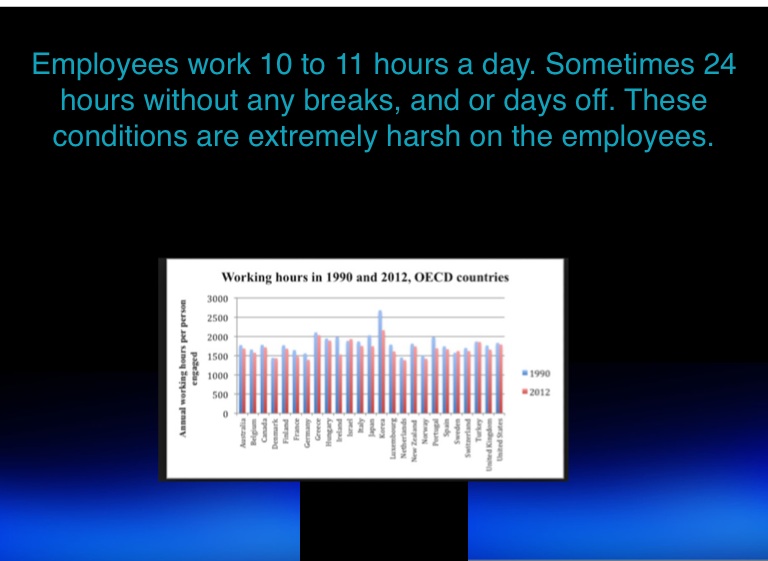



Unfair Working Conditions By Chaniya Hayes Screen 7 On Flowvella Presentation Software For Mac Ipad And Iphone
As an adult worker, you are entitled to a rest break where your daily working time is more than six hours Details of this rest break, including the duration, can be regulated by a collective or workforce agreement If there is no such agreement, the rest break will be for an uninterrupted period of not less than minutes and you are entitled to spend that break away from yourA minimum daily rest period of 11 hours uninterrupted rest between finishing your job and starting the next day (workers under 18 are entitled to a minimum daily rest break of 12 hours)Eight (8) hours off work between shifts (if combined shifts exceed thirteen (13) hours);



2




Employment Law On Breaks Complete Guide For 19 Wirehouse
Halfway between end of first 8 hours and end of work;Therefore an employee who works a 5 day week and who receives a meal break of one hour per day will actually be at the workplace for 50 hours weekly (45 hours normal working time plus 5 hours daily meal breaks) The meal break is to be provided after five hours continuous working time Tea breaks do not qualify as a break in working time For a sixhour shift, an employee could receive two 10minute breaks or a minute lunch break Another option is giving an employee a break after a certain number of hours of work For example, an employee might receive a 15minute break after every 3 hours of work




Irregular Work Scheduling And Its Consequences Economic Policy Institute




Irregular Work Scheduling And Its Consequences Economic Policy Institute
It is the average that is important The average may be calculated over one of the following periodsA weekly rest period of 24 consecutive hours per seven days, following a daily rest period;Breaks between working days An employee should get at least 11 hours' uninterrupted rest between finishing work and starting work the next day If this is not possible (for example, there's an emergency at work), the employer must take steps to provide enough rest for the employee Breaks during the working week or longer An employee is also entitled to one of these in a 7




How Long Should Revision Breaks Be How Long You Should Be Spending On Study Breaks




How Many Breaks Am I Entitled To Workplace Safety Advice
Young workers, apprentices and work experience Rules on working hours and rest breaks for young workers aged 16 and 17A daily rest period of 11 consecutive hours per 24 hour period;Where this gets complicated is if the employee works in a shop (either retail or wholesale) If this is the case, they're entitled to an hourlong break if they work a shift longer than six hours and must work between the hours of 1130 am and 230 pm They must take this one hour



Working Hours Our World In Data



Www Citizensadvice Org Uk Global Migrated Documents Adviceguide E Rest Breaks At Work Pdf
You are entitled to an uninterrupted rest period of at least 24 hours in each seven day reference period This is in addition to an 11 hours daily rest period Your employer can average the weekly reference period over 14 days Employees who work more than five (5) hours in a day are entitled to a thirty (30) minute meal break However, an employee may agree to waive that meal break if s/he will not work more than six (6) hours in the day 4 In addition, employees who are working more than ten (10) hours in a day must also be given a second thirty (30) minute meal breakLaw on Daily Rest Time UK employment legislation affords workers the right to eleven (11) hours of rest between their days of work In fact, most workers will take it as an overnight break between their working week days It allows for a rest period between finishing one day of




1 Eu And Aetr Rules On Drivers Hours Drivers Hours And Tachographs Goods Vehicles Guidance Gov Uk
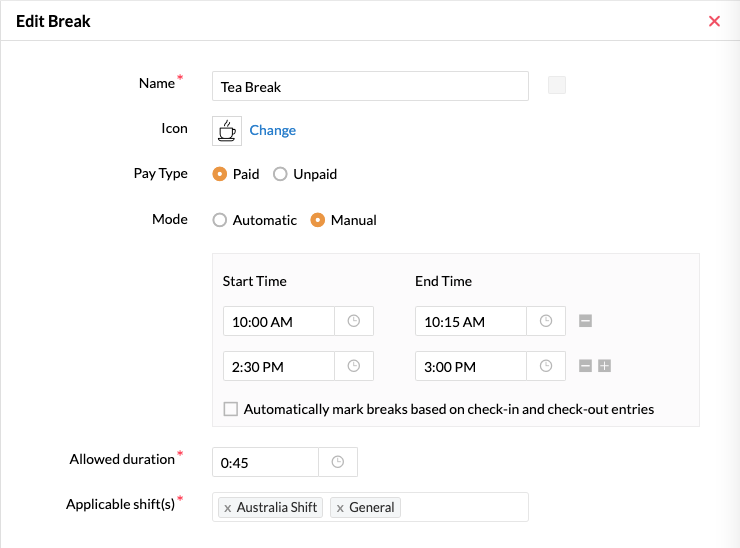



Roster Management Zoho People
In Washington State, although agricultural labor is excluded from the listed requirement of general application, a separate regulation requires a 30minute meal period after 5 hours in agriculture and an additional 30 minutes for employees working 11 or more hours in a day In addition to the listed States with mandatory Standards, other provisions appear in two StatesWorking 11 hours a day breaksNov 15, 14 The notion has gotten some attention lately, after Mexican multibillionaire Carlos Slim—by some counts the richest man in the world—suggested that an 11hour work day would make for more balanced lives for workers Slim said working those kinds of hours, while pushing back retirement until age 75When a driver is on a full daily rest period of 11 hours the maximum working day is 13 hours The working day between daily/weekly rest periods is made up of time recorded for driving, other work, breaks and periods of availability
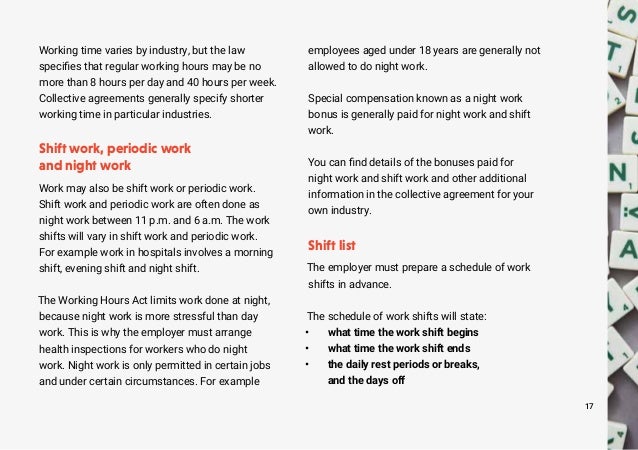



Fair Play At Work 19 A Guide To Working In Finland




Irregular Work Scheduling And Its Consequences Economic Policy Institute
A weekly rest period of 24 hours' uninterrupted rest per week (or at the employer's choice, 48 hours per fortnight); 30Minute Driving Break Drivers must take a 30minute break when they have driven for a period of 8 cumulative hours without at least a 30minute interruption The break may be satisfied by any nondriving period of 30 consecutive minutes (ie, onduty not driving, offduty, sleeper berth, or any combination of these taken consecutively) For any shop employee whose hours of work include the hours from 1130 am to 230 pm and who works more than six hours, the minimum duration of the break shall be one hour The one hour break should take place between the hours mentioned and cannot be granted at the end of the working day
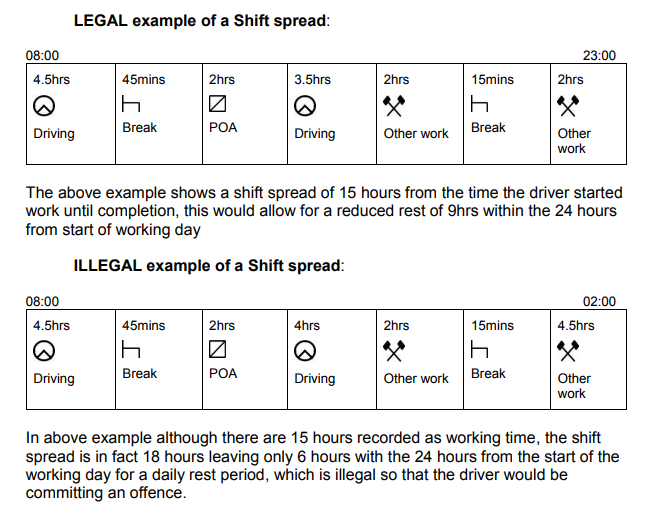



Hgv Drivers Hours Explained Simply Returnloads




Unfair Working Conditions By Chaniya Hayes Screen 7 On Flowvella Presentation Software For Mac Ipad And Iphone
Almost a year ago, when the full effect of the pandemic in the UK was beginning to be understood, people's lives changed drastically, in a variety of ways One of the most dramatic shifts was the switch from office working to working from home, a move many believe is here to stay, with offices already selling off space1 a working time limit of 48 hours a week 2 a minimum rest break of minutes during any day or shift that exceeds six hours 3 a minimum rest period of 11 hours between the end of one working day or shift and the beginning of the next (not including the day of the shift changeover) 4 a minimum weekly rest period of 24 hours, which can During the workday, nonexempt employees are entitled to rest periods and meal breaks Rest breaks must be at least ten (10) minutes for each four (4) hours of work Rest breaks must be counted as time worked and paid by the employer 4 Employees who work more than five (5) hours in a day are also entitled to a thirty (30) minute meal break




Employment Law On Breaks Complete Guide For 19 Wirehouse




32 Working From Home Tips You Can Do Right Now Updated
Breaks Employees are entitled to; At just six hours and 45 minutes, both countries clock the least number of hours per average work day Finland, however, has three different breaks allotted in an average workday schedule (from 10 to 10 am, 12 to 1230 pm, and 3 to 3 pm), while Canada only has one, from about noon to 1240 pm Once I put my mind to something, I work my ass off until it's finished This meant that, between my day job and my work on 100 Days of Growth, I spent 6 months working more than 13 hours a day, 6 days a week That's almost twoandahalf times more than the average American workweek It was tough going, but thankfully, our efforts paid off




Irregular Work Scheduling And Its Consequences Economic Policy Institute




Irregular Work Scheduling And Its Consequences Economic Policy Institute
The Organisation of Working Time Act 1997 states that the maximum average working week for many employees cannot exceed 48 hours This does not mean that a working week can never exceed 48 hours;One 30minute unpaid break 4 hours after starting work Rest breaks Three 10minute paid breaks, taken two hours after starting work;A 30minute break where more than 6 hours have been worked, which may include the first break




Rotating 8 Hour Shift Schedule 24 7 Shift Coverage Learn Employee Scheduling




Employment Law Dos And Donts By Catherine Parsons
You are generally not required to work more than 6 consecutive hours without a break However, if the nature of the work requires continuous work for up to 8 hours, breaks must be provided for meals The breaks should be at least 45 minuteslong Normal hours of workWorkers have the right to 11 hours rest between working days, eg if they finish work at 8pm, they shouldn't start work again until 7am the next day Weekly rest Workers have the right to eitherIt only applies to staff that work over six hours a day—again, you don't have to pay for that time if you don't want to Daily rest Is the employee's right to at least 11 hours' off between working days




Breaking The Bank The Real Cost Of Staff Breaks At Work




Feature Update How To Use Rescuetime S Custom Work Hours
Under the Regulations, workers are entitled to a daily rest period of 11 hours' uninterrupted rest per day; The law on breaks at work for an 8hour shift The legal break times for an 8hour shift is a minimum of minutes This is because the Working Time Regulations 1998 establish 3 types of rest break Rest breaks at work Daily rest Weekly rest Rest breaks at work entitle workers to have one uninterrupted minute rest break during theirA 15minute break where more than 4½ hours have been worked;



Working Hours Our World In Data




How To Help Your Team Members Cope Better With Covid Stress Cutting Edge Pr Insights
Breaks Rest breaks and meal breaks A rest break allows an employee to rest for a short period of time during work hours Rest breaks are also referred to as 'crib breaks', 'rest pauses' or 'tea breaks' A meal break is a longer period of uninterrupted rest that allows the employee toAn uninterrupted rest break of at least minutes, taken during the day rather than at the beginning or end (eg tea or lunch break) 11 hours rest in a row between each working day 1 rest day in each working week this could be averaged out over 2 weeks, so16 ensures meal breaks during the working day A minimum of 1‐hour meal break is guaranteed for employees working over five hours This break must be uninterrupted, unless no other employee can be called to service In case the employee is required to work during meal break, it




10 Tips For Mastering Time Management At Work Lucidchart Blog



3




Working Times Breaks Real Business Guide




This Is What Brits Really Do While Their Boss Thinks They Re Working Wales Online
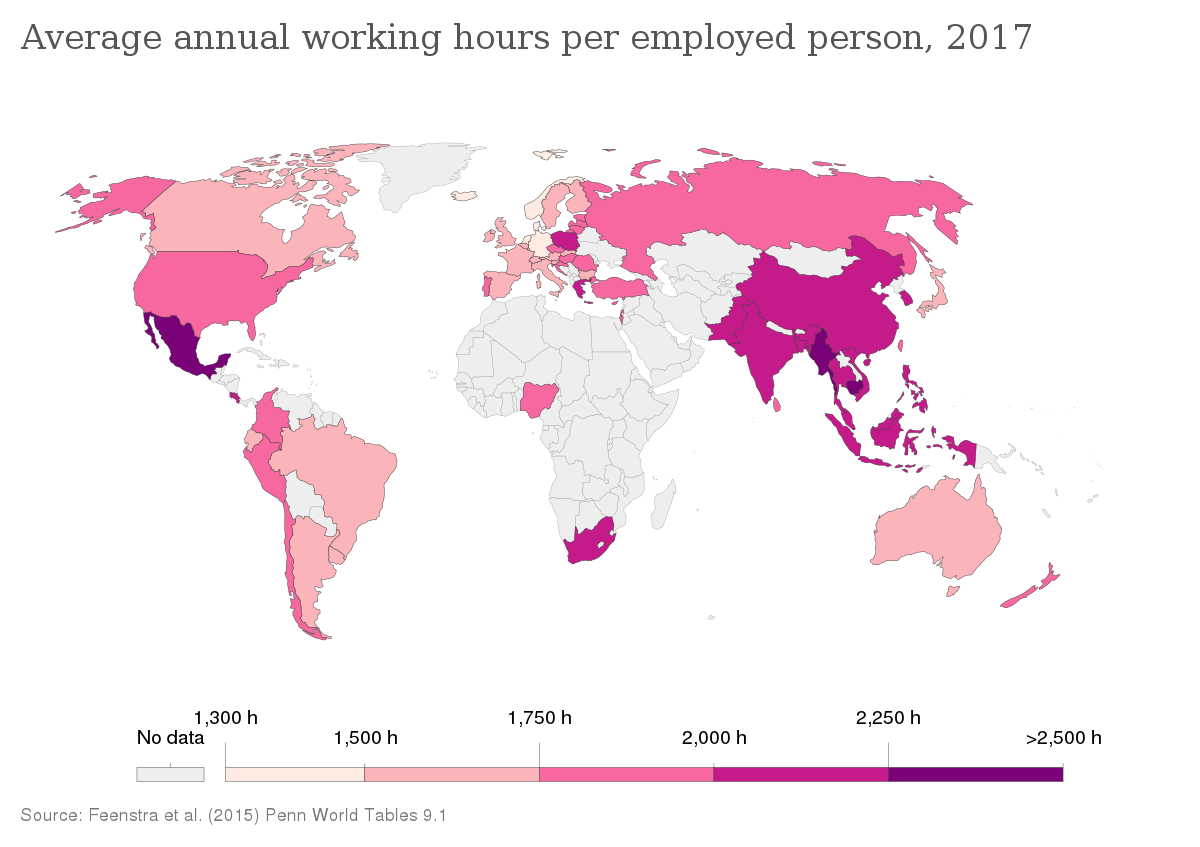



Working Time Wikipedia
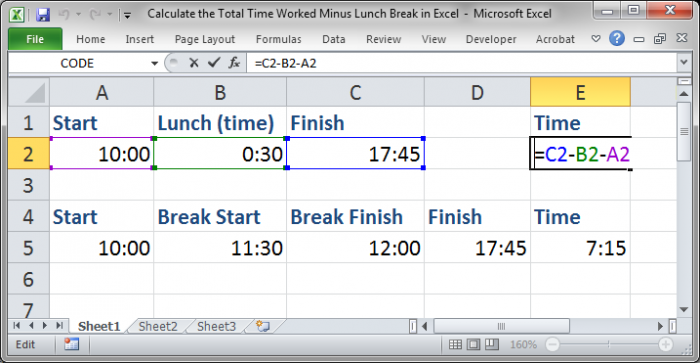



Calculate The Total Time Worked Minus Lunch Breaks In Excel Teachexcel Com




Double Time Labor Laws Who Gets It And How To Calculate It




How Many Breaks Am I Entitled To Workplace Safety Advice




Employment Law On Breaks Complete Guide For 19 Wirehouse



Www Usdaw Org Uk Publications Publications Your Rights To Breaks And Paid Holidays Leaflet 3
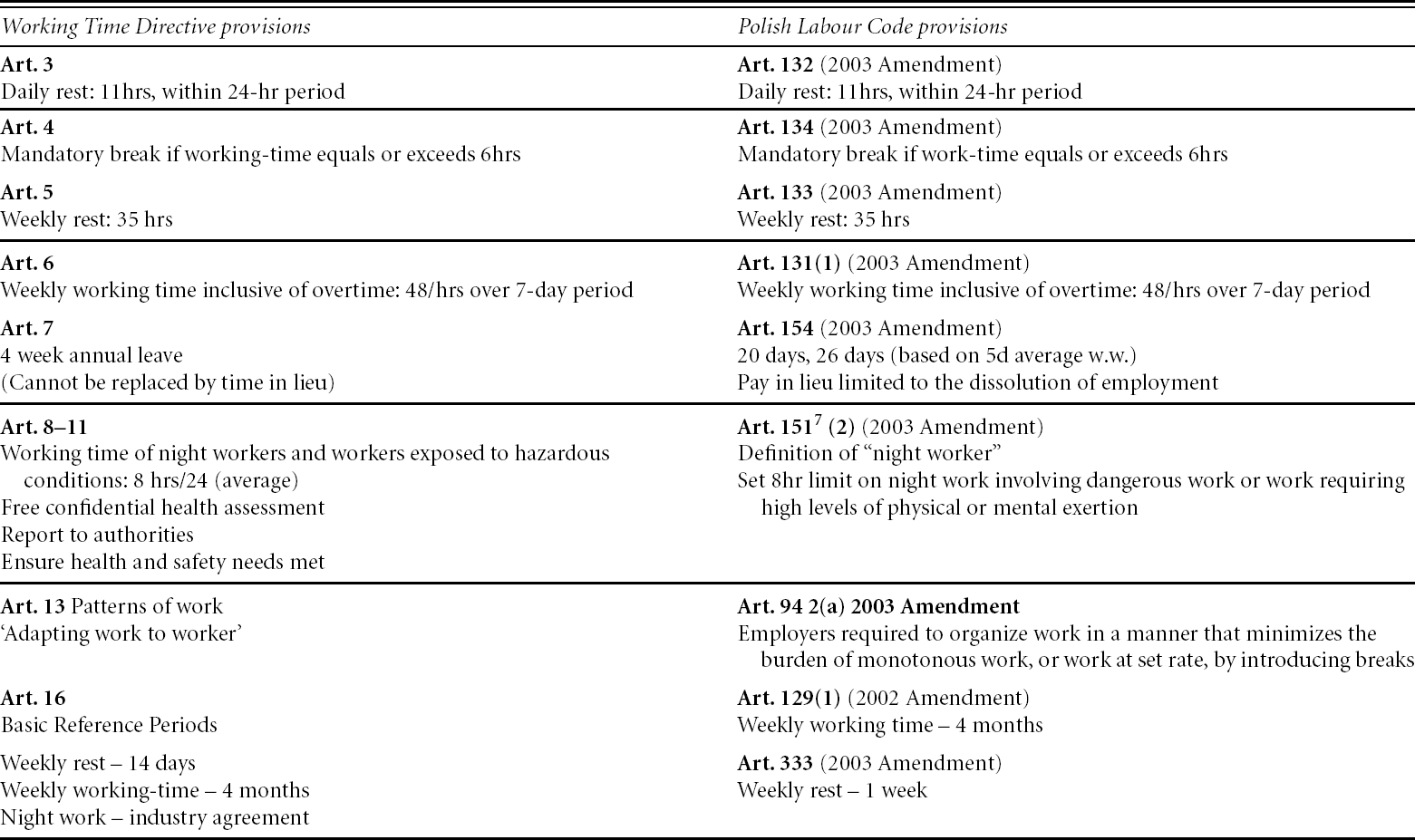



Consolidating Flexibility Polish Working Time Regime Gender And Social Reproduction In The Run Up To And Since The European Union Accession Chapter 5 Gendering European Working Time Regimes




Irregular Work Scheduling And Its Consequences Economic Policy Institute
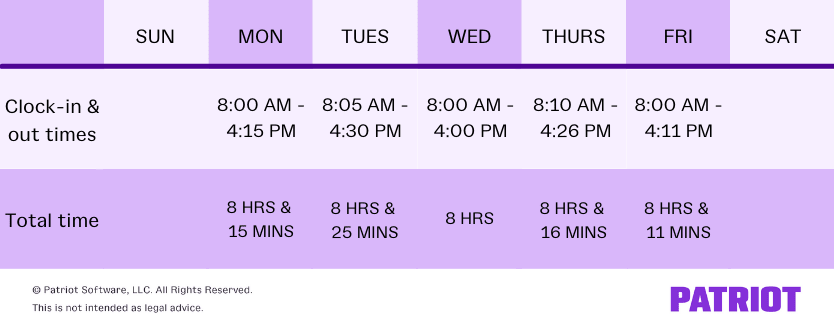



How To Convert Minutes For Payroll Steps Options More



Working Hours Our World In Data
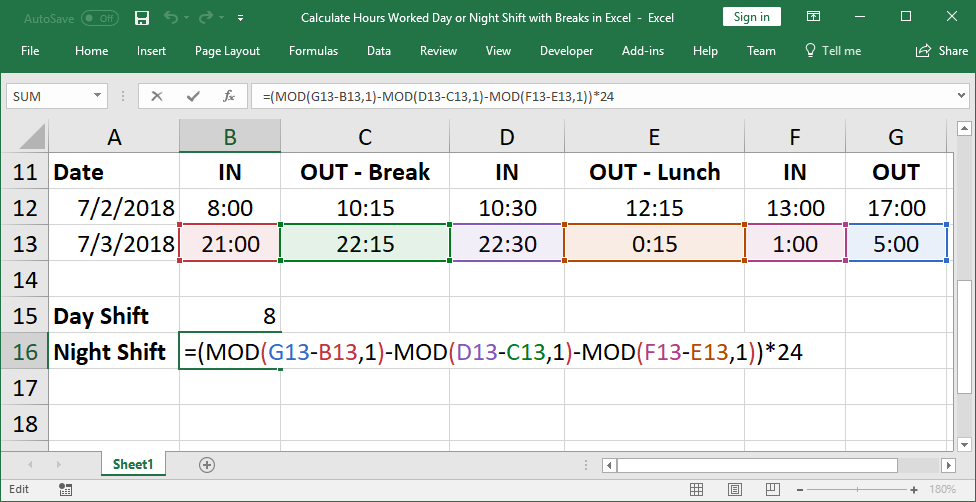



Calculate Hours Worked Day Or Night Shift Breaks In Excel Teachexcel Com




How Many Hours Can I Work And What Breaks Should I Get Truth Legal Solicitors
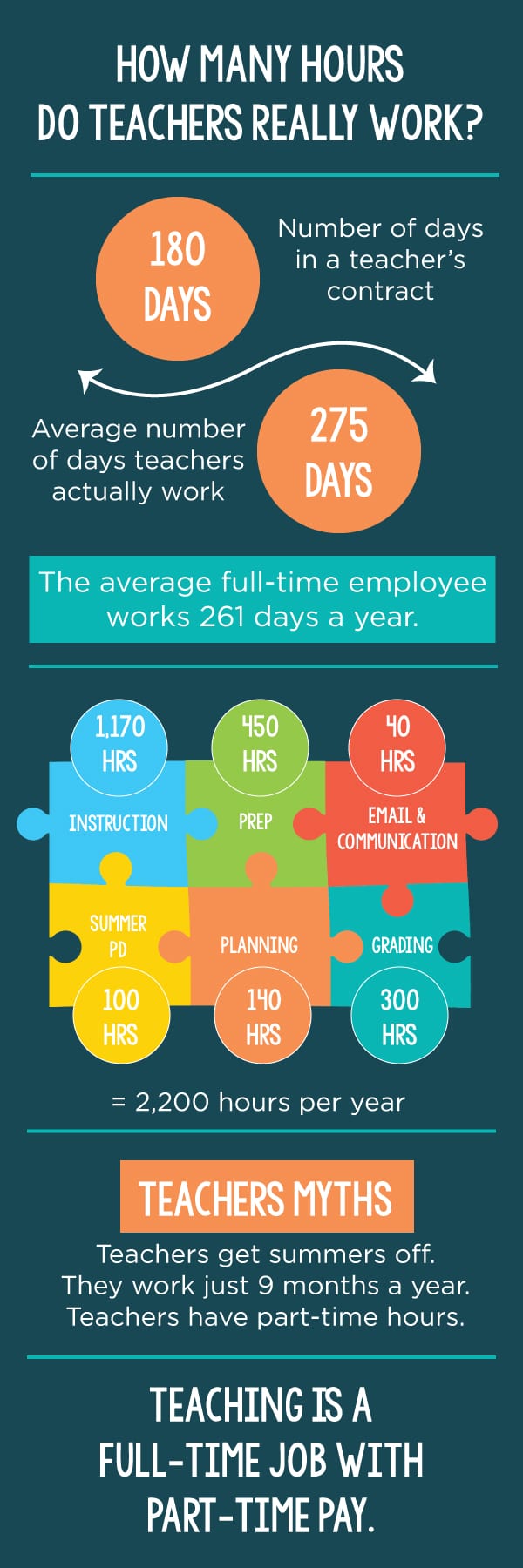



The Truth About Teacher Overtime How Many Hours Teachers Actually Work



Www Goodsalonguide Com Sites Www Goodsalonguide Com Files Uploads Files Rest breaks fact sheet uk 1 Pdf




In An 8 Hour Day The Average Worker Is Productive For This Many Hours Inc Com
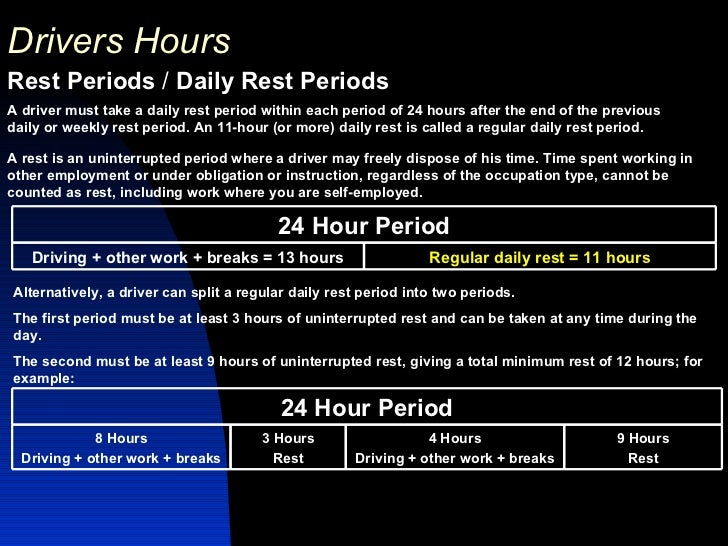



Working Time Regulations
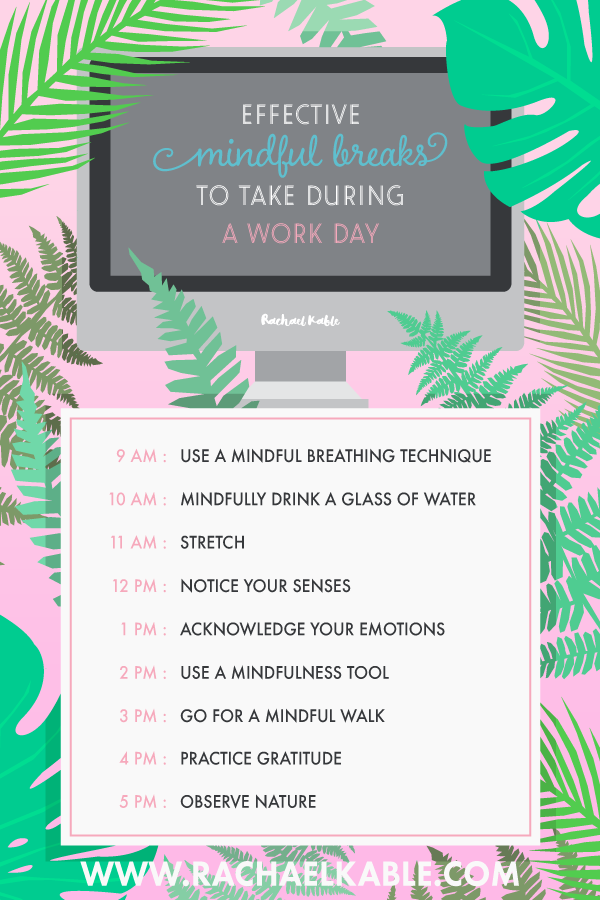



How To Take Effective Mindful Breaks At Work Rachael Kable




Guide To The Working Environment Act And The Holidays Act Pdf Free Download
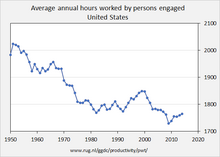



Working Time Wikipedia




Excel Magic Trick 598 Hours Worked In Day Including Lunch Breaks Youtube
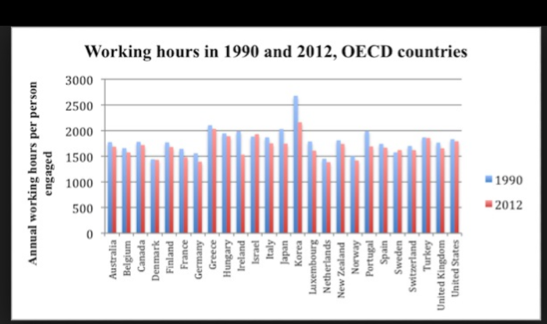



Unfair Working Conditions By Chaniya Hayes Screen 7 On Flowvella Presentation Software For Mac Ipad And Iphone
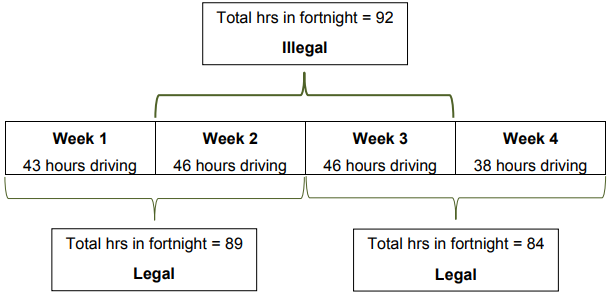



Hgv Drivers Hours Explained Simply Returnloads




Irregular Work Scheduling And Its Consequences Economic Policy Institute
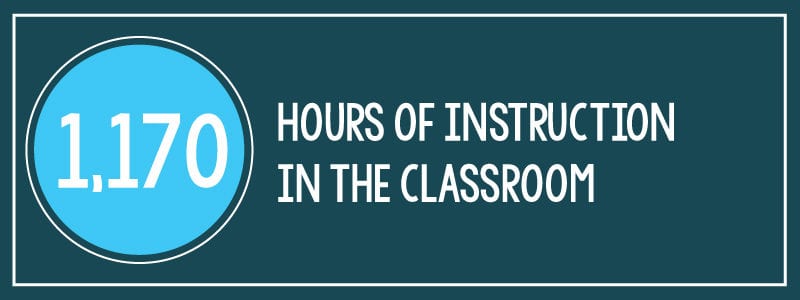



The Truth About Teacher Overtime How Many Hours Teachers Actually Work



Break Work Wikipedia




7 Health Effects Of Working Too Much




How Many Hours Can I Work And What Breaks Should I Get Truth Legal Solicitors




What It S Like To Work At Amazon During Prime Day Money



2
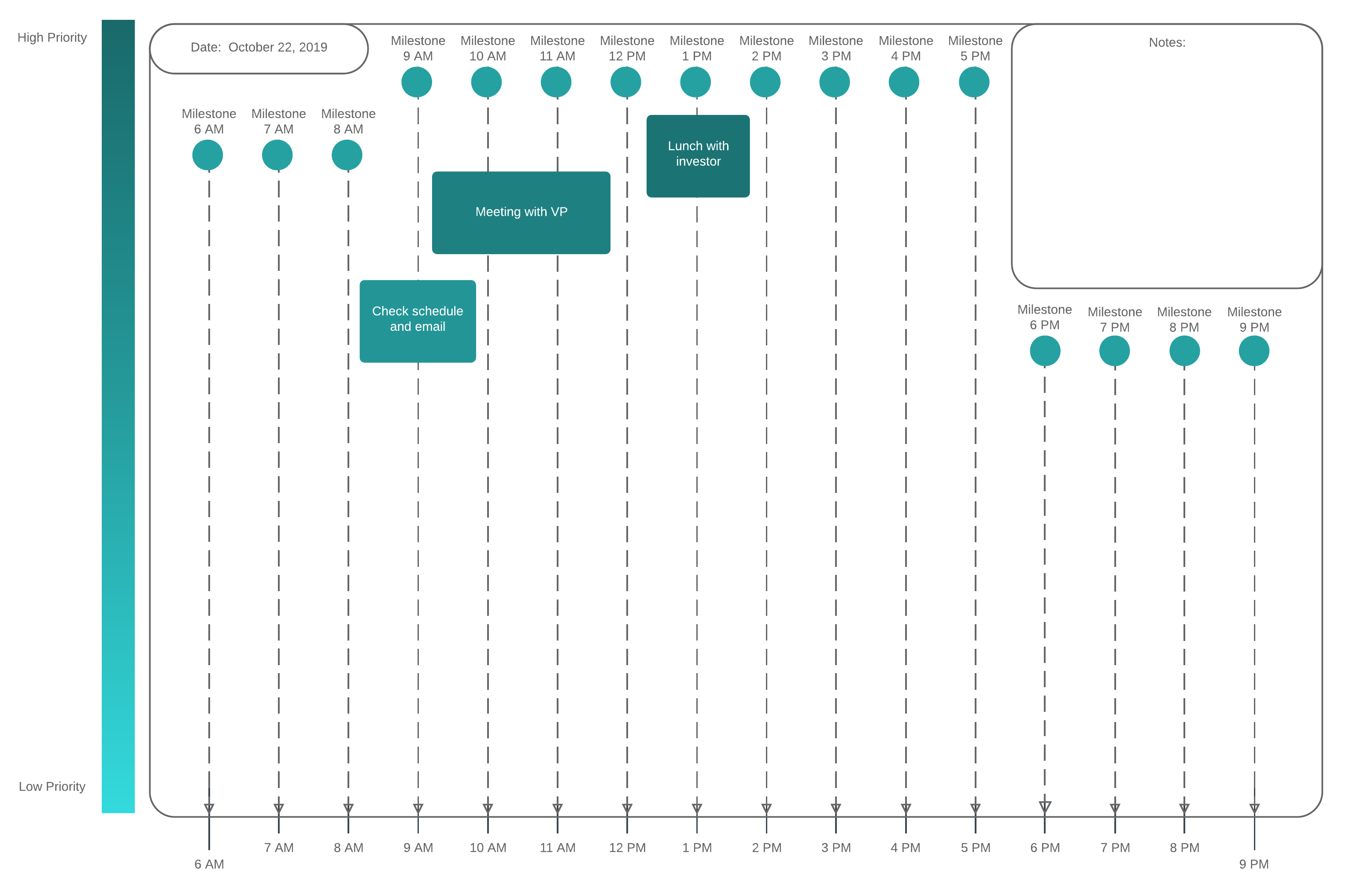



10 Tips For Mastering Time Management At Work Lucidchart Blog




Drivers Hours And The Working Time Directive Transport Cafe




Employment Law On Breaks Complete Guide For 19 Wirehouse
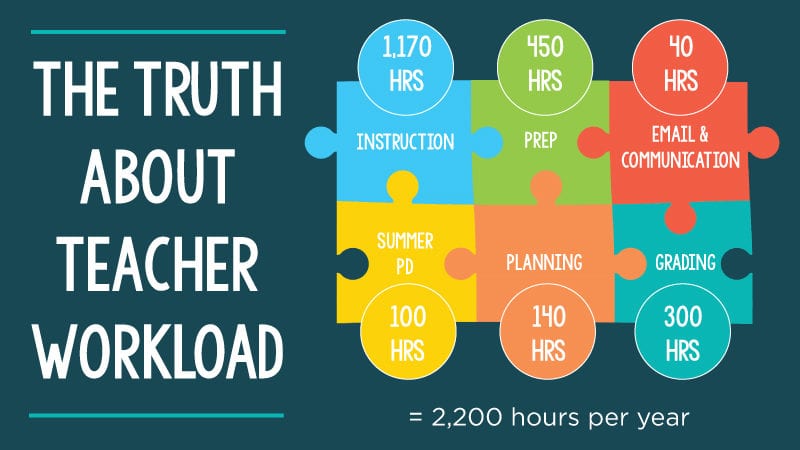



The Truth About Teacher Overtime How Many Hours Teachers Actually Work




Lunch Meal Break Laws In California A Guide To The Rules
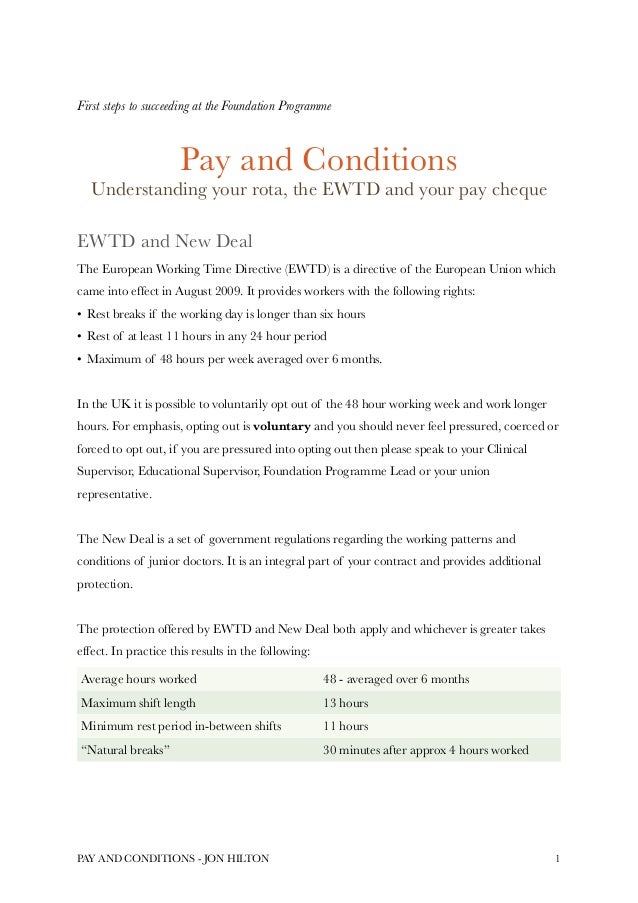



Pay And Conditions



3 11 Hours And Attendance Pdf Free Download




32 Working From Home Tips You Can Do Right Now Updated
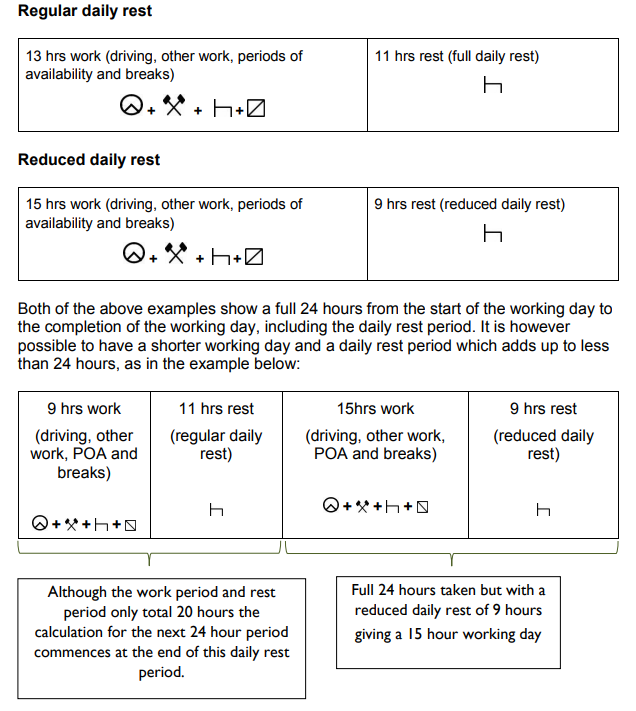



Hgv Drivers Hours Explained Simply Returnloads



2



3 11 Hours And Attendance Pdf Free Download




Tips For Working From Home Pcmag




How To Combat Inactivity When You Work From Home Blog



1



Www Nswnma Asn Au Wp Content Uploads 21 02 Kyr 12 Hour Shift Pdf



Working Hours Our World In Data



Rest Breaks And The Law Vita Coaching
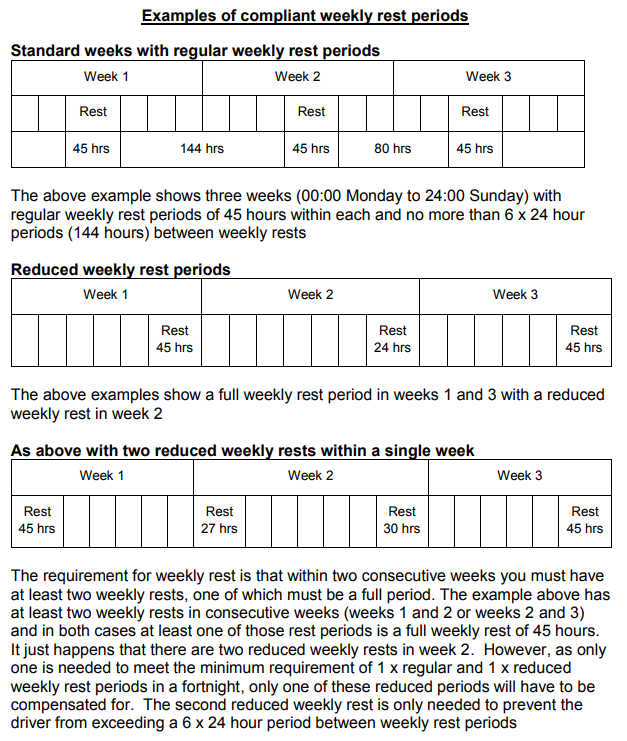



Hgv Drivers Hours Explained Simply Returnloads



1




Employment Law On Breaks Complete Guide For 19 Wirehouse



2



3 11 Hours And Attendance Pdf Free Download




Hours Breaks And Holiday Entitlements Guide Crunch




Work Fatigue Why You Re Always Tired At Work And What To Do About It
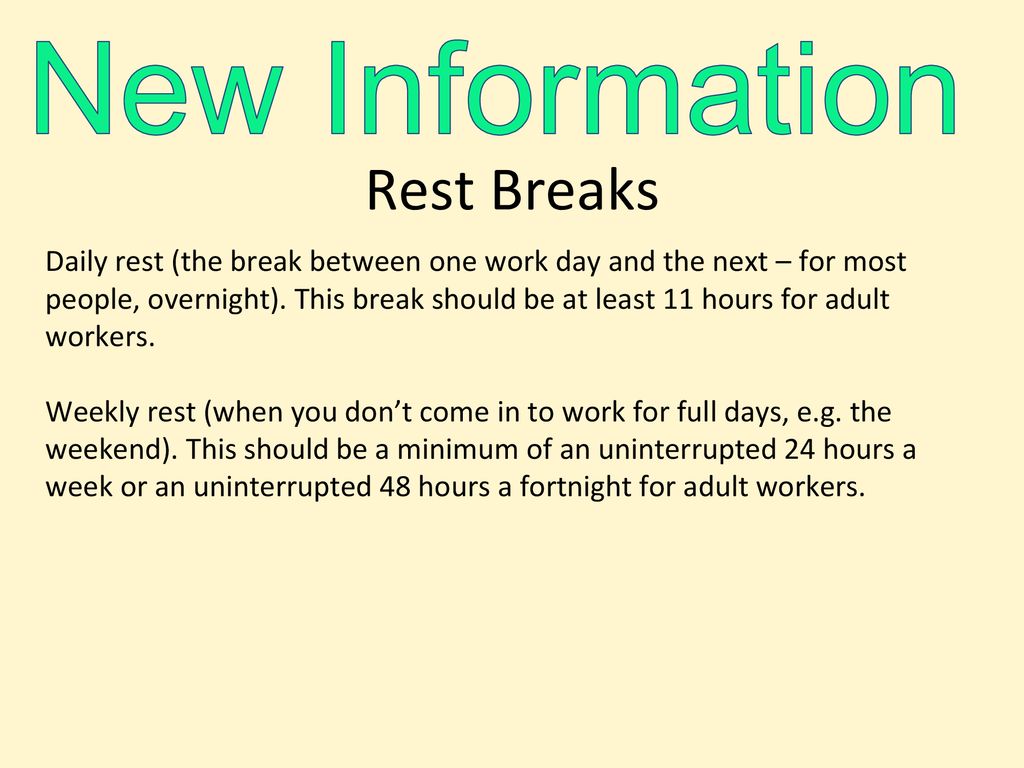



What Are Your Rights As An Employee What Are You Entitled To Ppt Download




Hours Of Work Ontario Laws Dutton Employment Law



2




Employment Law On Breaks Complete Guide For 19 Wirehouse




Abby Great To See This Poster Today During Data Collection Promoting Frequent Breaks To Sitting Time At Work For The Benefit Of Improved Health And Wellbeing Concerning To See The
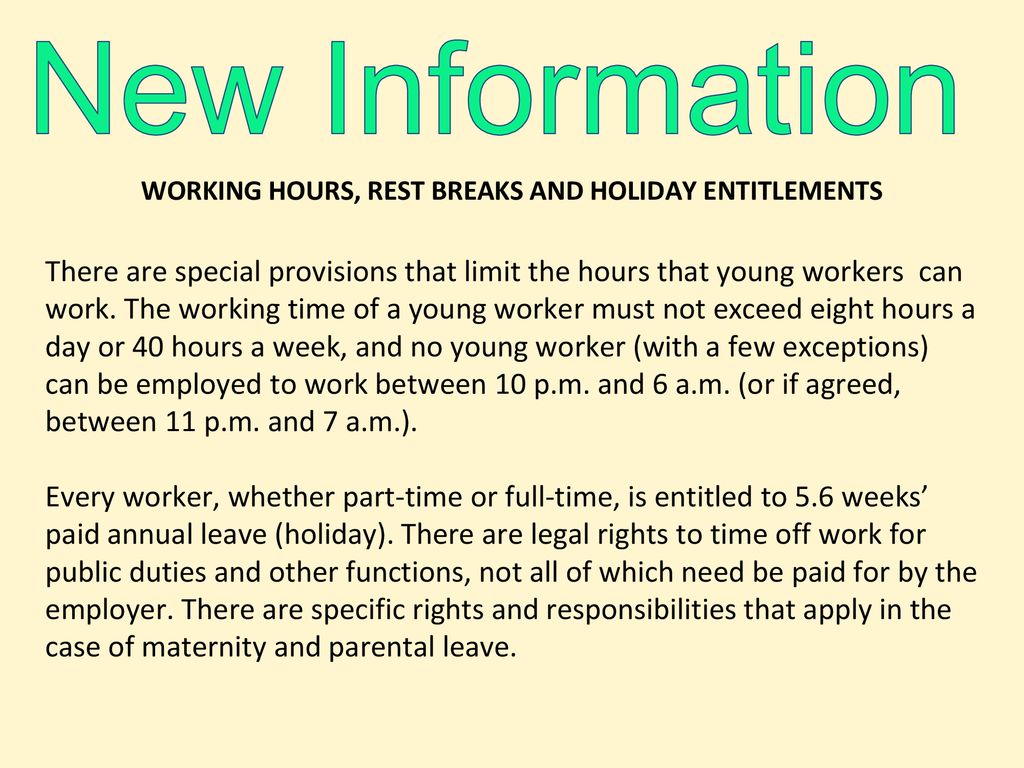



What Are Your Rights As An Employee What Are You Entitled To Ppt Download




Way Forward National Cwu South Midlands Postal Branch Facebook



How Much Time Do You Work In Poland
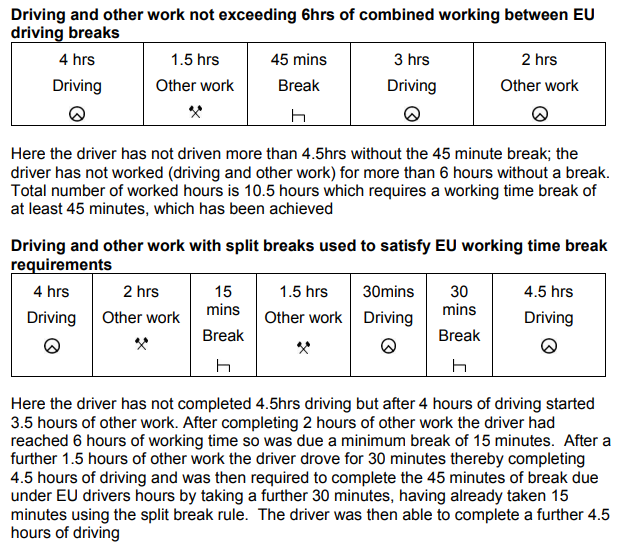



Hgv Drivers Hours Explained Simply Returnloads



Working Hours Our World In Data




French Labor Laws Working Time And Leave Expatica



1
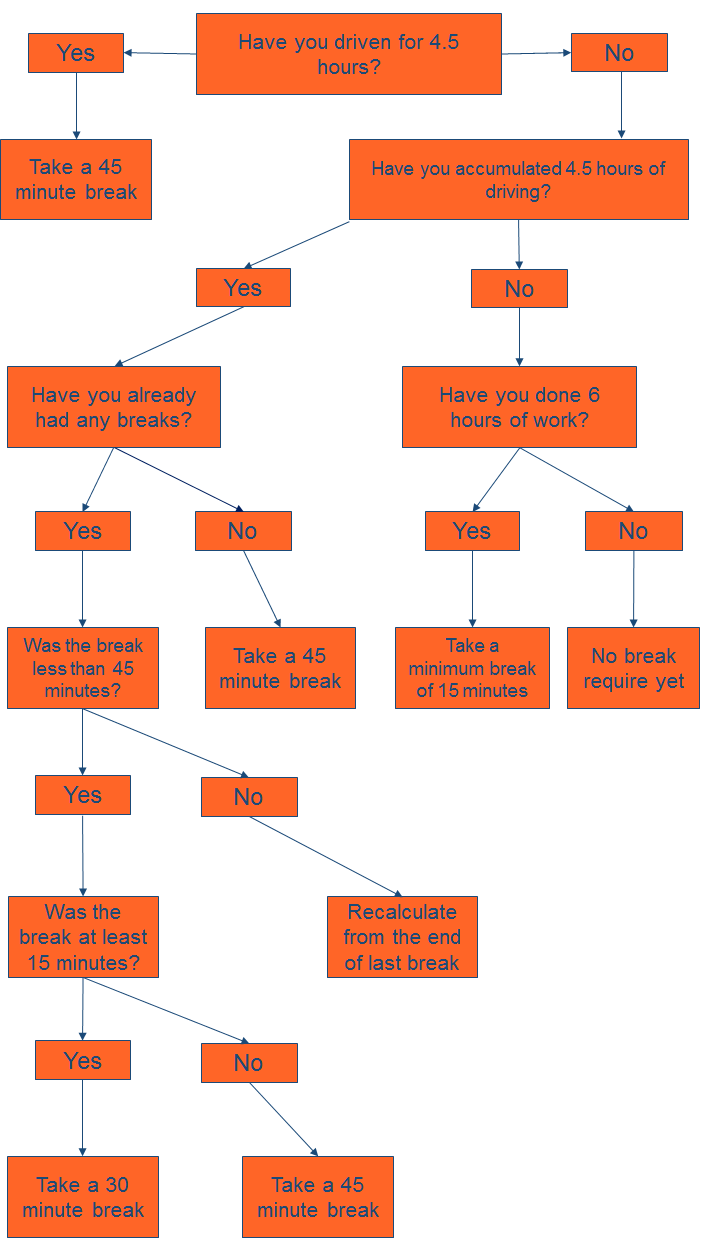



Hgv Drivers Hours Explained Simply Returnloads




Time Sheet Log Book Daily Employee Time Sheet Logbook Work Time Record Book Timesheet Attendance Calendar Employee Schedule Sheets Hours Worked Vacation 8 5 X 11 1 Pages
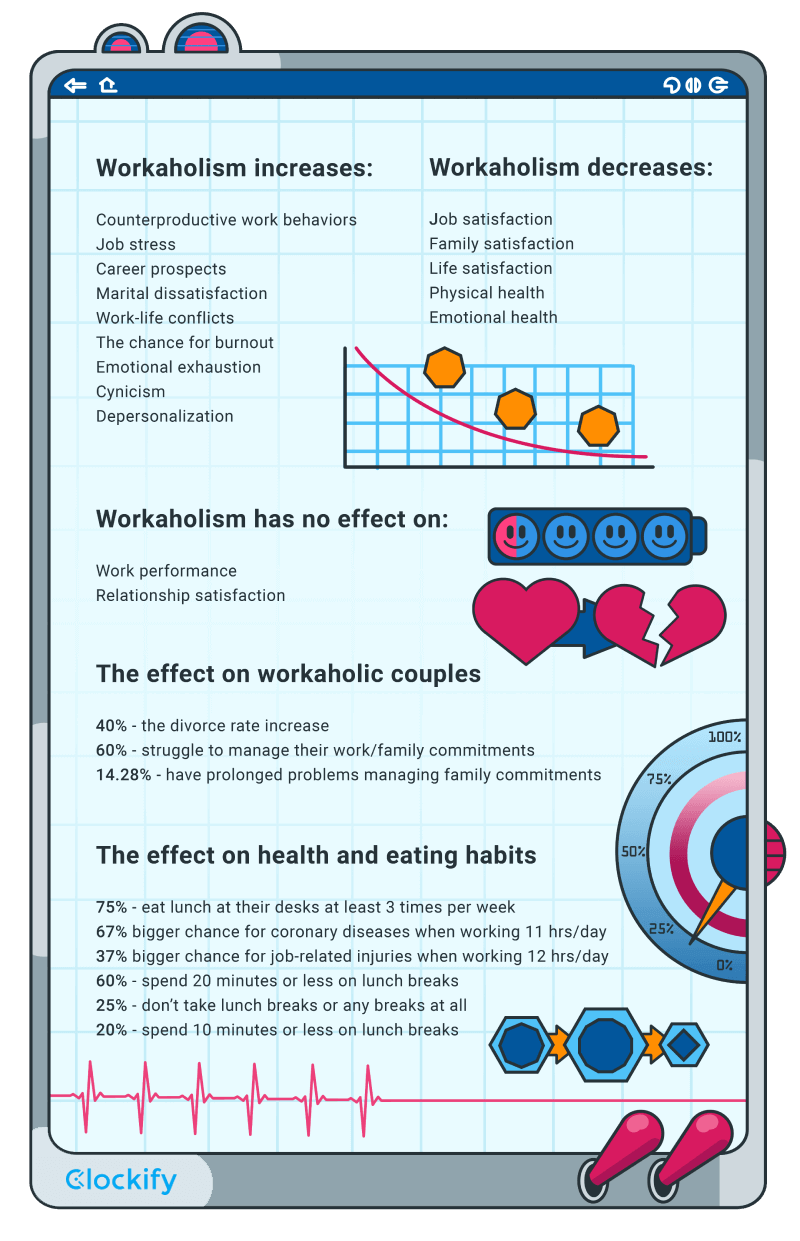



Workaholism Facts Everything You Need To Know About




Break Entitlements For An 8 Hour Shift Croner
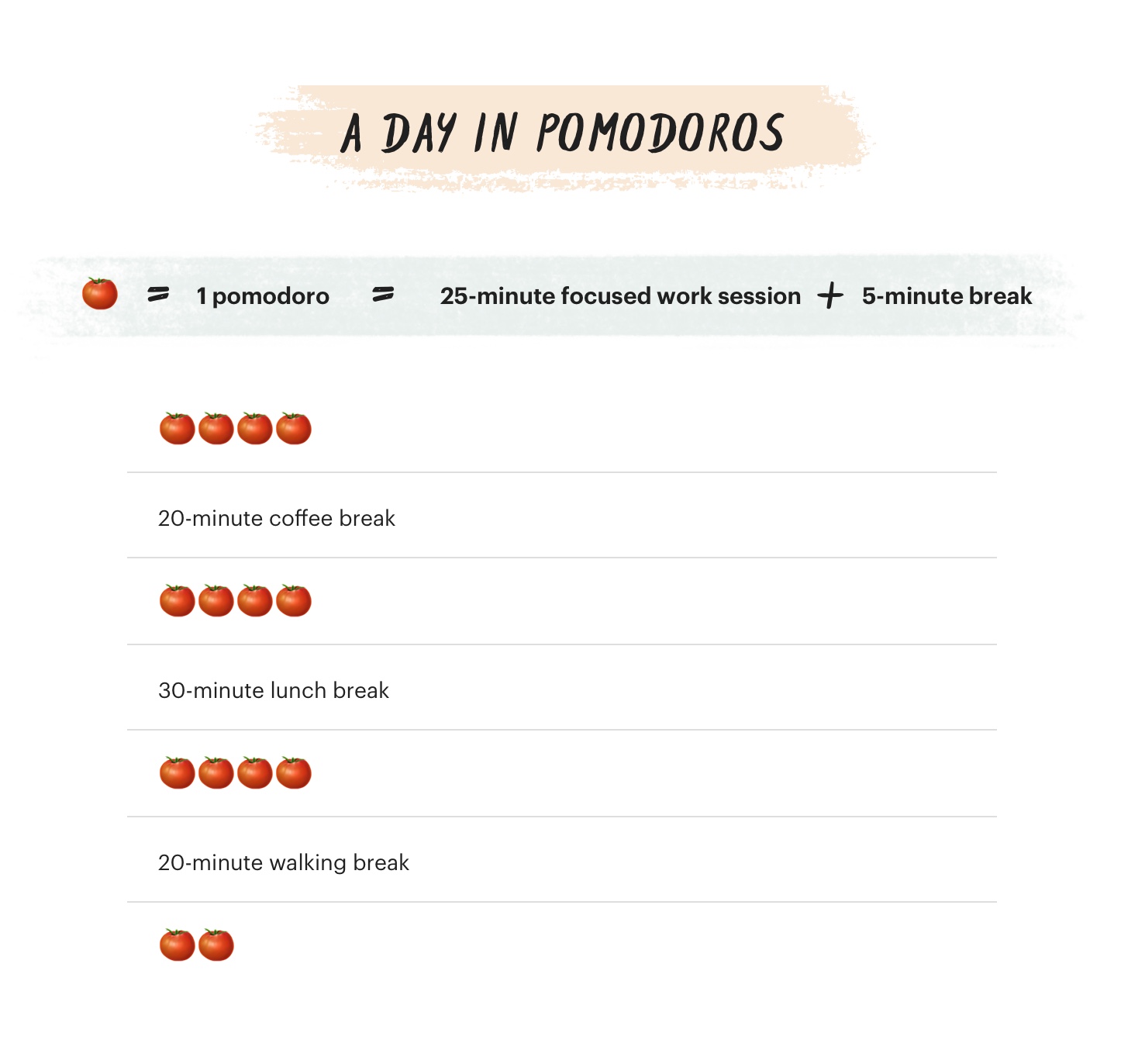



The Pomodoro Technique Why It Works How To Do It



0 件のコメント:
コメントを投稿